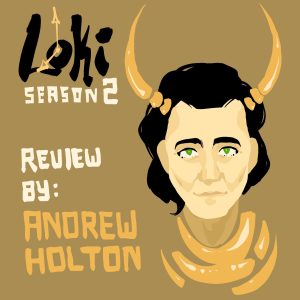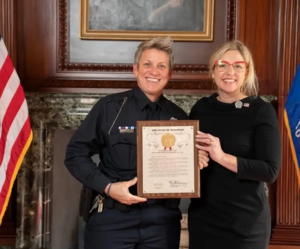This Week in Science: 1/29 – 2/4
February 9, 2023
Neanderthals Hunted and Butchered Huge Elephants
According to a finding last Wednesday, our closest ancestors, the neanderthals, hunted huge elephants that could feed over a hundred people. The bones consist of a large straight tusked elephant (Palaeoloxodon antiquus) that dates back over 125,000 years ago and gives a new understanding of these ancient humans.
Straight tusked elephants were some of the largest elephants ever, standing nearly thirteen feet tall and weighing around ten tons, or about eight cars. In terms of relations to modern elephants they are considered to be very close relatives of the asian elephant, although they were much larger.
Between 1985 and 1996, archaeologists recovered 3,122 elephant remains in central Germany, consisting of nearly seventy individuals. Some fossils included skeletons, stomach contents, and assorted bones, but one thing that paleontologists didn’t examine right away are the individual bones themselves.
Last week, scientists decided to examine leg bones of several individuals, seeing repetitive slash marks in the bone. Judging by the age and location of these bones, it is thought that Homo neanderthalensis was the killer, as Homo sapiens had not reached Europe at the time.
The bones suggest that neanderthals skinned every bit of skin and flesh off of the bones, similar to early modern humans. “There’s maybe a bit of nibbling on isolated vertebra, but most of these remains were so clean they weren’t attractive for carnivores,” says study co-author Lutz Kindler, an archaeologist at Germany’s Museum for Human Behavioral Evolution, to New Scientist’s Clare Wilson.
Researchers Using AI to Read Ancient Texts
What is the oldest piece of literature you can think of? Shakespeare’s plays, Plato’s philosophy, and most other ancient writings pale in comparison to a script known as the Epic of Gilgamesh, written over 4000 years ago. It was written in modern day Iraq and scientists have recently digitized the whole text.
If you paid attention (or remember) in 7th grade history, you know that the Babylonians didn’t write modern Arabic, but instead wrote in cuneiforms. It’s an ancient script that is made up of pictogramic characters, sort of like Egyptian hieroglyphs. This specific text, the epic, was translated in the 19th century, but the whole text has never been physically recovered, but we know most of the whole story.
Enrique Jiménez, Professor of Ancient Near Eastern Literatures at LMU’s Institute of Assyriology, and his team have been working on the digitization of all surviving cuneiform tablets since 2018, one of them being the Epic of Gilgamesh. In that time, the project has processed as many as 22,000 text fragments. “It’s a tool that didn’t exist before, a huge database of fragments. We believe it can play a vital role in reconstructing Babylonian literature, allowing us to make much faster progress.” To this day, thousands of additional cuneiform fragments have been photographed in collaboration with the British Museum in London and the Iraq Museum in Baghdad.
Ancient Marine Crocodile Found in the UK
Last week, a team of paleontologists found one of the only complete skeletons of a group of animals known as marine crocodiles. This suborder is the most similar to modern crocodylomorphs and is called thalattosuchia, with this specific species being Turnersuchus hingleyae.
The discovery of T. hingleyae is one in a series of impressive finds off the coast of Dorset, UK, a region known as the Jurassic Coast (the Charmouth Mudstone Formation to be specific). This formation dates back to the Lower Jurassic period, about 185 mya, but this is not the origin, nor the peak of thalattosuchian evolution. According to the article published about it in the Journal of Vertebrate Paleontology, modern crocodylomorphs and thalattosuchians both originated in the Upper Triassic, about fifteen million years before T. hingleyae evolved.
Turnersuchus is interesting as much of the recognized thalattosuchian features had yet to fully evolve. It lived in the Jurassic Ocean and preyed on marine wildlife and due to its relatively long, slender snout, would have looked similar in appearance to the currently living gharial crocodiles, which are found in all the major river systems of the northern Indian subcontinent.
Sources
- https://www.smithsonianmag.com/smart-news/neanderthals-hunted-and-butchered-massive-elephants-125000-years-ago-180981578/#:~:text=Neanderthals%20hunted%20and%20butchered%20gigantic,%2Dyear%2Dold%20animal%20bones
- https://phys.org/news/2023-02-ai-texts-thousands-years-readable.html
- https://www.sciencedaily.com/releases/2023/01/230130130515.htm#:~:text=FULL%20STORY-,A%20new%20study%20has%20uncovered%20a%20new%20thalattosuchian%20%2D%2D%20an,modern%2Dday%20crocodiles’%20ancestors.&text=The%20discovery%20of%20Turnersuchus%20hingleyae,head%2C%20backbone%2C%20and%20limbs














